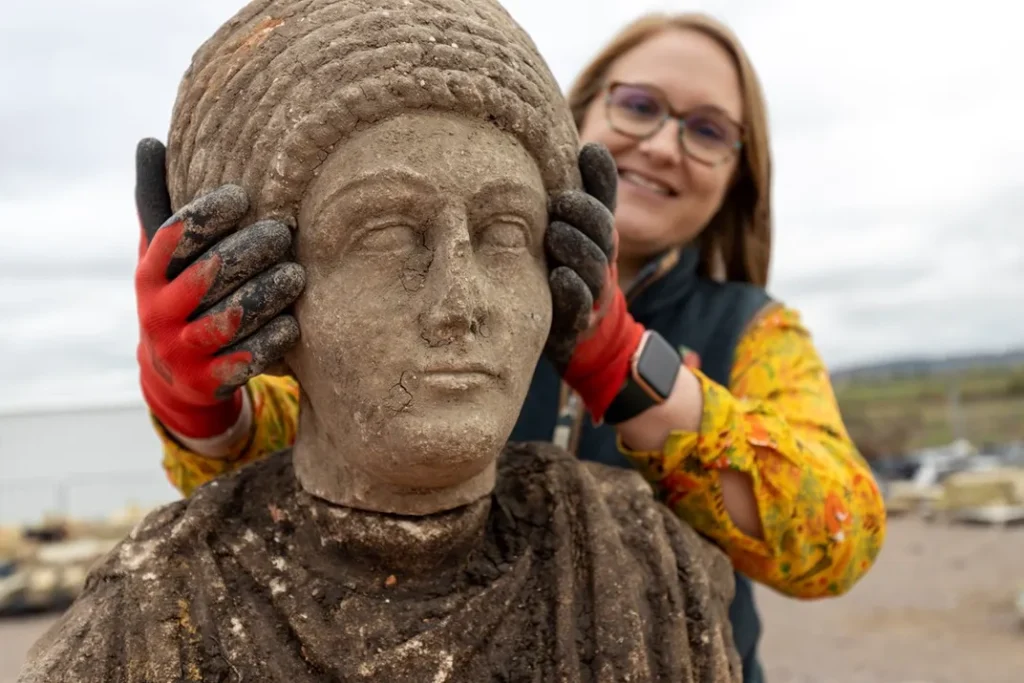Table of Contents
Introduction
Ancient artifacts are more than mere remnants of bygone eras; they are the storytellers of human history, carrying within them secrets of ancient cultures, daily life, and artistic expression. These artifacts offer a glimpse into the past, revealing how our ancestors lived, thought, and interacted with their world. Unveiling the mysteries embedded in these objects can transform our understanding of history and human development.

The Role of Artifacts in Understanding Ancient Civilizations
Artifacts serve as tangible links to ancient civilizations, providing evidence of cultural practices, technological advancements, and artistic achievements. Pottery shards, tools, and inscriptions are not just remnants but valuable records of historical events and societal structures. For instance, the Rosetta Stone was crucial in deciphering Egyptian hieroglyphs, unlocking a wealth of knowledge about ancient Egyptian culture.
The Journey of Discovery
The process of discovering and studying ancient artifacts is often as fascinating as the artifacts themselves. Archaeologists and historians meticulously excavate sites, sometimes uncovering items buried for centuries. Techniques such as carbon dating, X-ray fluorescence, and DNA analysis allow researchers to gain insights into the age, origin, and composition of these artifacts. Each discovery contributes to a broader understanding of the past, piecing together the puzzle of human history.
The Mysteries Behind Artifacts
Many artifacts come with their own set of mysteries and unanswered questions. For example, the purpose of the Antikythera mechanism, an ancient Greek analog computer, was only recently understood, revealing its role in astronomical calculations. Similarly, the function of the Nazca Lines in Peru remains debated, with theories ranging from astronomical calendars to ritualistic practices. These enigmas highlight the complexity of ancient societies and their advanced understanding of the world.

Artifacts and Cultural Identity
Artifacts are also crucial in understanding cultural identity. They embody the beliefs, values, and social structures of the societies that created them. Masks, statues, and religious symbols provide insight into the spiritual and cultural practices of different civilizations. For instance, the masks of the Yoruba people in West Africa reflect their religious beliefs and social hierarchy, offering a window into their traditional worldview.
The Preservation Challenge
Preserving ancient artifacts is a significant challenge, as they are often vulnerable to deterioration from environmental factors, improper handling, or even theft. Museums and conservationists employ various methods to protect and restore these precious items. Controlled environments, specialized cleaning techniques, and digital documentation help ensure that artifacts remain intact for future generations to study and appreciate.
The Ethical Dimensions of Artifact Handling
The handling and display of ancient artifacts raise important ethical questions. Issues such as repatriation—the return of artifacts to their countries of origin—are contentious topics. Many artifacts were acquired during colonial times or through questionable means, and there is ongoing debate about the rightful ownership and care of these items. Institutions and governments are increasingly recognizing the need for ethical stewardship and collaboration with source communities.
The Future of Artifact Research
The future of artifact research holds exciting possibilities with advancements in technology and interdisciplinary approaches. Innovations such as 3D scanning, virtual reality, and artificial intelligence are revolutionizing the study of artifacts, allowing researchers to explore and analyze objects in new ways. These technologies enable detailed reconstruction of ancient sites and virtual exhibitions, making the study of artifacts more accessible and immersive.

Conclusion
The secret lives of ancient artifacts reveal the richness and diversity of human history. Through careful study and preservation, these objects continue to provide invaluable insights into the lives of our ancestors, offering a deeper understanding of the past. As technology advances and ethical considerations evolve, our relationship with these artifacts will continue to shape our knowledge and appreciation of the ancient world.
